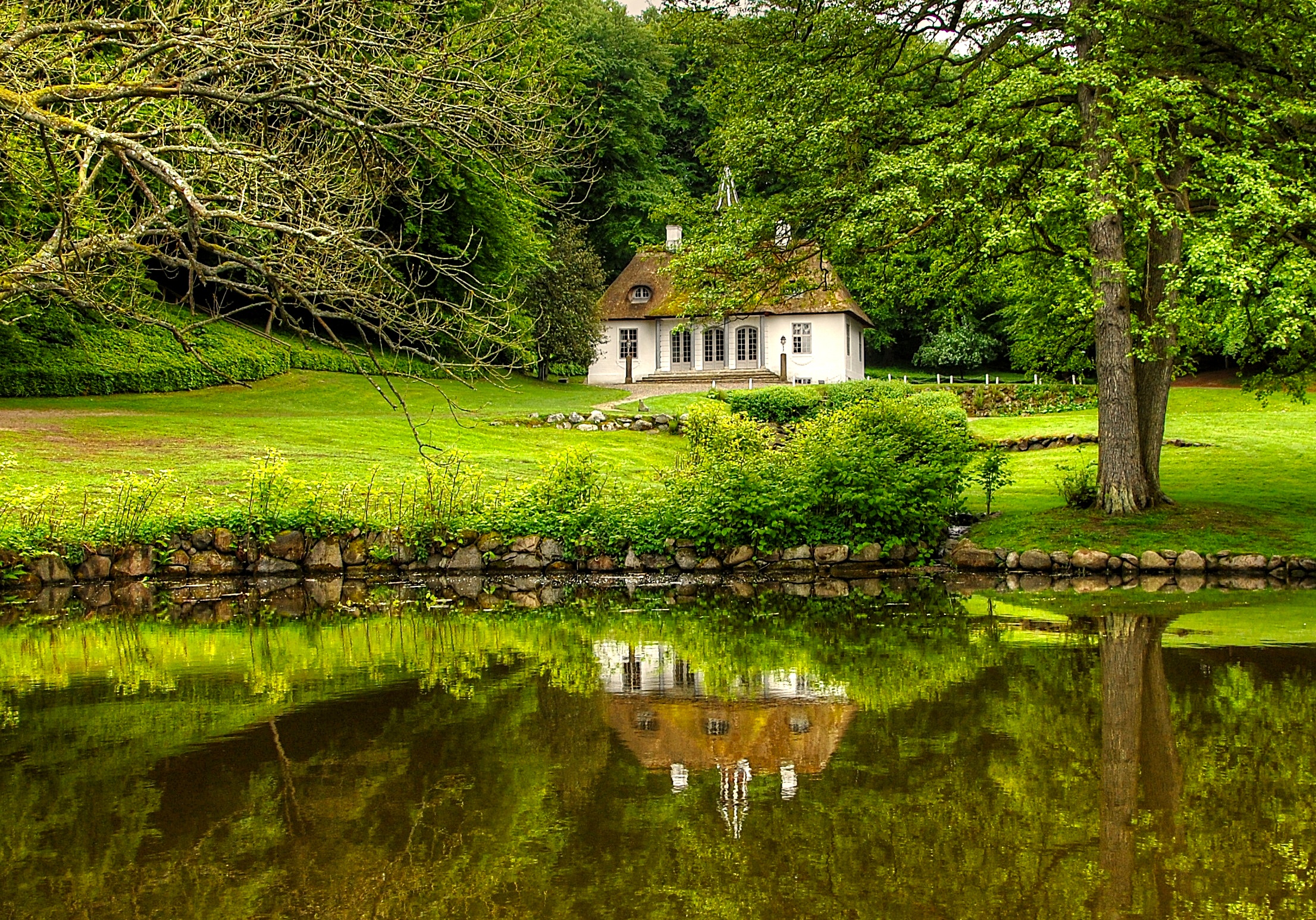- The Right Timber – Timber is timber, right? Actually, while there are many species of tree -about 60,000 at the last count – not all are suitable for a log cabin. Ideally, you want a timber that originates from Scandinavia, as the trees grow very slowly, and this ensures a very dense wood, making it ideal for a summer house. Nordic timber is a popular choice, but there are other types that are much cheaper, so beware of any online company that offers summer houses at very low prices, as they would likely use sub-standard timber, and you wouldn’t be aware until a few months have passed.
- Think About your Reasons for Buying – This is important, as it will help to determine which is the right design. It could be that you are launching a new business and there simply isn’t a suitable room in the house for an office, or you might want a place for the family to enjoy the long summer days, or perhaps a cosy room for overnight guests. By defining your intended use, you are in a much better position to make an informed decision, and with 40 or more designs available, it is essential to look for one that fulfils your needs.
- Use an Established Supplier – While it is a good idea to search online for potential suppliers, sooner or later you should actually visit their showroom area, where they would have many units already erected in an outdoor environment. When you think about it, you would not buy a car before having a test drive, and neither should you purchase a summer house if you haven’t inspected a fully erected example. Besides, there are online traders who have wonderful websites, with high resolution images and even video, but at the end of the day, how do you know that the delivered unit is the same as the one advertised on their website? Refer to an informative guide online on how to identify fake suppliers on the Internet, which could help you immensely by avoiding a costly mistake.
- Long Product Warranty – Any summer house will look great when first erected, but what about after a few years of being exposed to the harsh winter? Ideally, you want a 10-year unconditional warranty, which automatically gives you peace of mind. Only an established company could make such a bold claim, and this is very much a quality benchmark for a potential buyer.
Once you have found an established supplier online, spend a little time browsing their catalogue, noting the names of units you are interested in, and then a visit to their outdoor show facility will help you to make the right choice.
